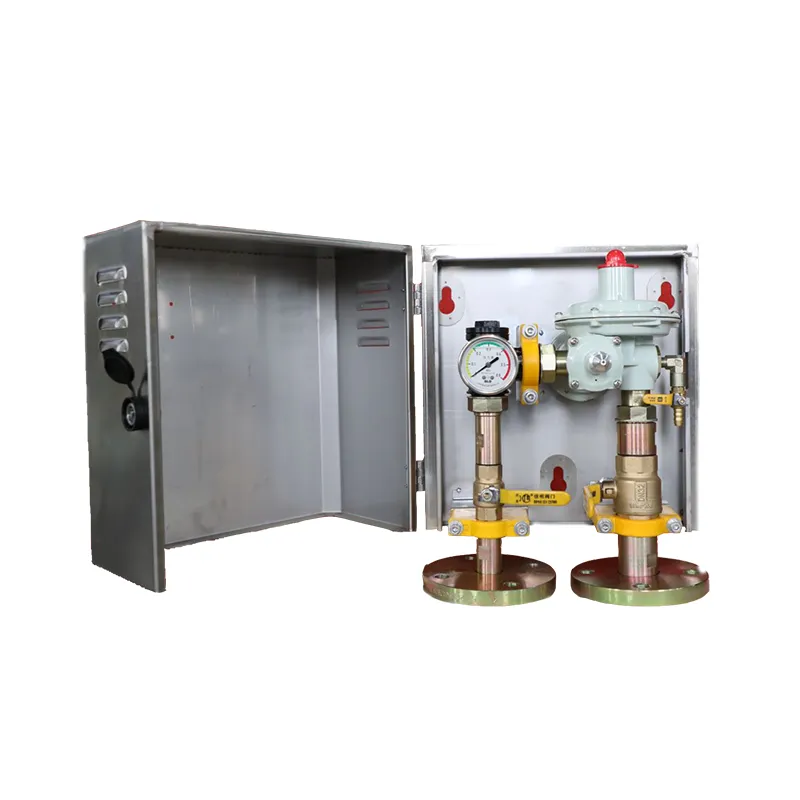
Nov . 13, 2024 07:46
Back to list
غاز البترول المسال
The Rise of Liquefied Petroleum Gas (LPG) A Versatile Energy Source
Liquefied Petroleum Gas (LPG), comprised mainly of propane and butane, has emerged as a vital energy source in recent years. As a clean, efficient, and versatile fuel, LPG offers numerous advantages for residential, commercial, and industrial applications. This article explores the characteristics, benefits, uses, and future prospects of LPG.
Understanding LPG
LPG is a byproduct of both natural gas processing and crude oil refining. When cooled under pressure, it transforms into a liquid state, making it easier to store and transport. The LPG can then be utilized in various forms, including bottled gas for domestic use or as a fuel in commercial and industrial settings. Its versatility is one of the key reasons behind its growing popularity across the globe.
Environmental Benefits
One of the most notable advantages of LPG is its lower environmental impact compared to other fossil fuels. LPG burns more cleanly than coal and oil, producing fewer harmful emissions such as sulfur dioxide and particulate matter. This quality makes LPG an attractive alternative for cities looking to reduce air pollution and combat climate change. Transitioning from traditional fuels to LPG can significantly decrease greenhouse gas emissions, contributing to global efforts to achieve sustainability and reduce carbon footprints.
Applications of LPG
.
In commercial settings, LPG is utilized in catering services, restaurants, and hotels for cooking and heating. Its portability makes it an ideal choice for outdoor events and food stalls. Additionally, it is widely used in agricultural sectors for crop drying, heating greenhouses, and fuel for farming equipment.
غاز البترول المسال

Industrially, LPG finds its application in various processes, including metal cutting, welding, and as a feedstock in the chemical industry for producing petrochemicals. The energy sector also leverages LPG in power generation and as a reserve fuel to complement renewable energy sources.
Economic Aspects
The economic viability of LPG is another compelling reason for its proliferation. LPG is often cheaper than electricity or other fossil fuels, particularly in areas with limited access to natural gas supply. Moreover, the infrastructure for distributing and storing LPG is relatively straightforward, allowing for easier accessibility in remote areas.
This feature is particularly important for developing countries, where LPG can serve as a transitional fuel while infrastructure for cleaner energy sources such as solar or wind is being developed. By utilizing LPG, these nations can improve energy access and foster economic growth.
Future Prospects
Looking ahead, the prospects for LPG appear promising. As governments worldwide strive to meet emissions reduction targets, LPG is positioned as an essential component of the global energy transition. Technological advancements in the production and storage of LPG can also enhance its efficiency and safety.
Moreover, the integration of LPG with renewable energy systems is gaining traction. For instance, utilizing LPG as backup power during periods when solar or wind energy is insufficient can ensure energy reliability while reducing dependence on conventional fuels.
Conclusion
In conclusion, Liquefied Petroleum Gas stands as a multifaceted energy source that caters to various needs across residential, commercial, and industrial sectors. Its low emissions, economic advantages, and versatility make it a favorable choice in the global transition towards more sustainable energy practices. As the world continues to grapple with energy challenges and environmental concerns, LPG will likely play an integral role in shaping a cleaner and greener future.
Next:
Latest news
-
Safety Valve Spring-Loaded Design Overpressure ProtectionNewsJul.25,2025
-
Precision Voltage Regulator AC5 Accuracy Grade PerformanceNewsJul.25,2025
-
Natural Gas Pressure Regulating Skid Industrial Pipeline ApplicationsNewsJul.25,2025
-
Natural Gas Filter Stainless Steel Mesh Element DesignNewsJul.25,2025
-
Gas Pressure Regulator Valve Direct-Acting Spring-Loaded DesignNewsJul.25,2025
-
Decompression Equipment Multi-Stage Heat Exchange System DesignNewsJul.25,2025

